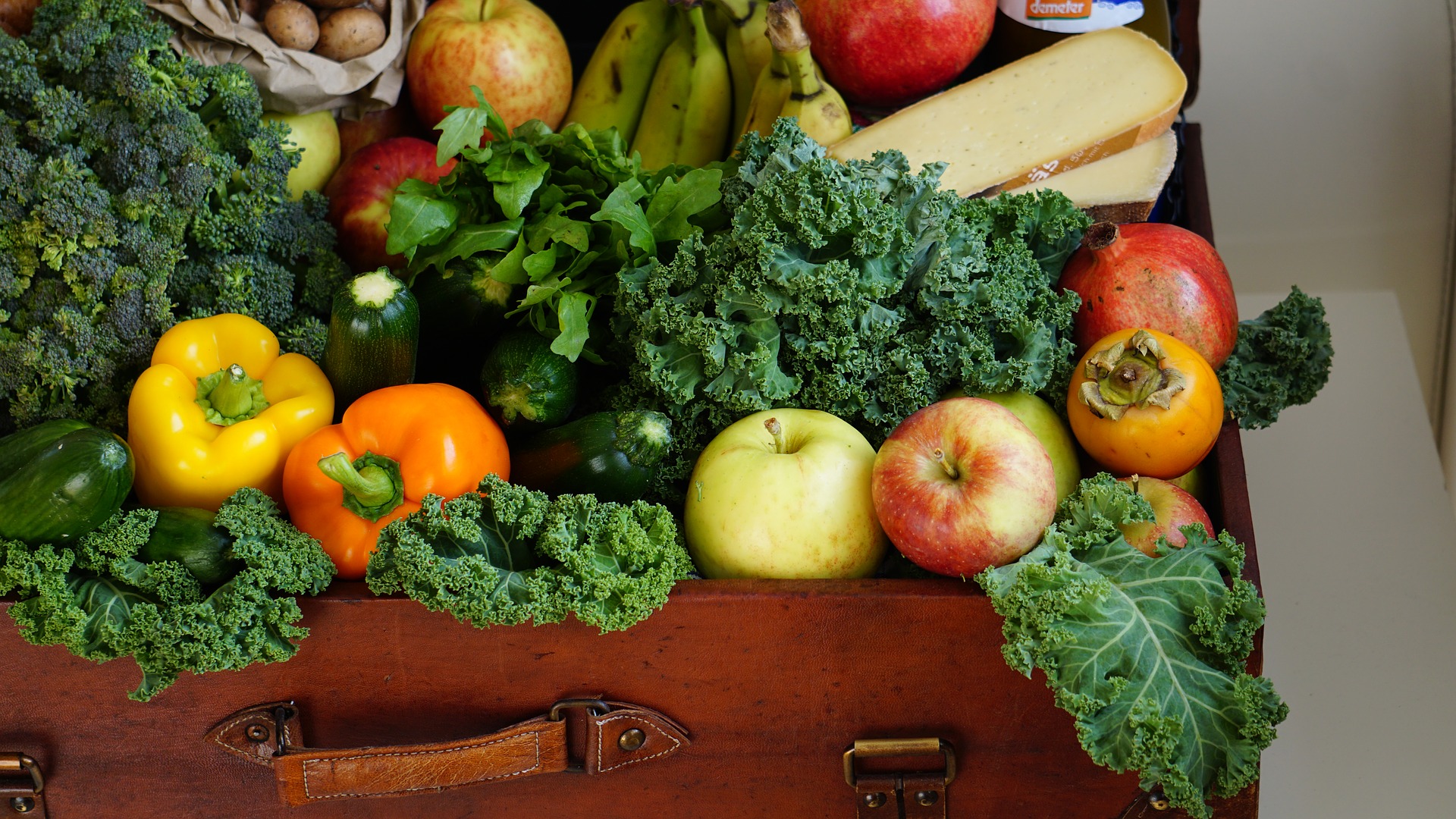Media Release
From: JAMAAssociation Between Pesticide Residue Intake From Consumption of Fruits and Vegetables and Pregnancy Outcomes Among Women Undergoing Infertility Treatment With Assisted Reproductive Technology
Bottom Line: Eating more fruits and vegetables with high-pesticide residue was associated with a lower probability of pregnancy and live birth following infertility treatment for women using assisted reproductive technologies.
The Research Question: Is preconception intake of fruits and vegetables with pesticide residues associated with outcomes of assisted reproductive technologies?
Why The Question is Interesting: Animal studies suggest ingestion of pesticide mixtures in early pregnancy may be associated with decreased live-born offspring leading to concerns that levels of pesticide residues permitted in food by the U.S. Environmental Protection Agency may still be too high for pregnant women and infants.
Who: 325 women who completed a diet questionnaire and subsequently underwent cycles of assisted reproductive technologies as part of the Environment and Reproductive Health (EARTH) study at a fertility center at a teaching hospital in Boston.
When: Between 2007 and 2016
Study Measures: Researchers categorized fruits and vegetables as having high or low pesticide residues using a method based on surveillance data from the U.S. Department of Agriculture. They counted the number of confirmed pregnancies and live births per cycle of fertility treatment.
Design: This is an observational study. In observational studies, researchers observe exposures and outcomes for patients as they occur naturally in clinical care or real life. Because researchers are not intervening for purposes of the study they cannot control natural differences that could explain study findings so they cannot prove a cause-and-effect relationship.
Authors: Jorge E. Chavarro, M.D., Sc.D., of the Harvard T. H. Chan School of Public Health, Boston, and colleagues
Results: Eating more high-pesticide residue fruits and vegetables (for example, strawberries and raw spinach) was associated with a lower probability of pregnancy and live birth following infertility treatment. Eating more low-pesticide residue fruits and vegetables was not associated with worse pregnancy and live birth outcomes.
Study Limitations: The study estimated exposure to pesticides based on women’s self-reported intake combined with pesticide residue surveillance data rather than through direct measurement. The study also cannot link specific pesticides to adverse effects.
Study Conclusions: “In conclusion, intake of high-residue FVs [fruits and vegetables] was associated with lower probabilities of clinical pregnancy and live birth among women undergoing infertility treatment. Our findings are consistent with animal studies showing that low-dose pesticide ingestion may exert an adverse impact on sustaining pregnancy. Because, to our knowledge, this is the first report of this relationship to humans, confirmation of these findings is warranted.”



Expert Reaction
These comments have been collated by the Science Media Centre to provide a variety of expert perspectives on this issue. Feel free to use these quotes in your stories. Views expressed are the personal opinions of the experts named. They do not represent the views of the SMC or any other organisation unless specifically stated.